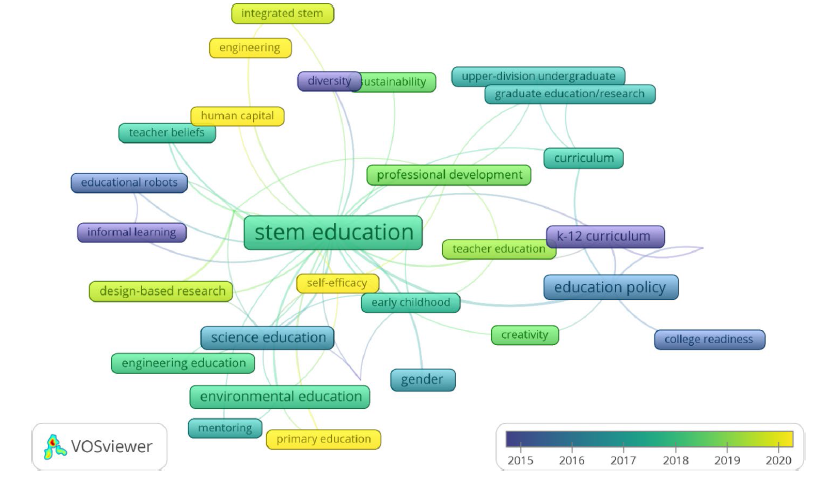Unlocking Potential: Integrated STEM Learning Explained
The Evolution of STEM Education
STEM (Science, Technology, Engineering, and Mathematics) education has come a long way from its traditional siloed approach. Integrated STEM takes this evolution further, breaking down barriers between these disciplines. It’s a dynamic approach that encourages students to explore the connections between these fields, fostering a deeper understanding of how they intersect in the real world.
A Holistic Learning Experience
Imagine a classroom where students don’t just learn science as a separate subject but delve into how it relates to technology, engineering, and math. Integrated STEM offers this holistic learning experience, where students see the interconnectedness of these disciplines. They don’t just memorize equations; they understand the practical applications and how each piece fits into the bigger picture.
Breaking Down Silos: Connecting Disciplines
One of the key aspects of integrated STEM is the breaking down of disciplinary silos. Rather than studying science, technology, engineering, and math as separate entities, students engage in projects and activities that integrate these fields. For example, designing a bridge involves understanding the physics (science), using software to model the structure (technology), applying engineering principles for construction, and calculating measurements (math).
Real-World Relevance: Bridging Theory and Practice
Integrated STEM brings a sense of real-world relevance to the classroom. Students don’t just learn abstract concepts; they apply their knowledge to solve authentic problems. Whether it’s designing a sustainable energy system, creating a computer program to solve a community issue, or building a robot for a competition, students see the direct impact of their learning.
Fostering Critical Thinking and Problem-Solving Skills
In an integrated STEM environment, students become natural problem solvers and critical thinkers. They are presented with challenges that require them to think across disciplines, finding creative solutions that draw on their knowledge of science, technology, engineering, and math. This not only prepares them for future careers but also equips them with essential life skills.
Hands-On Learning: Engaging Minds Through Projects
Integrated STEM is all about hands-on, minds-on learning. Rather than sitting through lectures and taking notes, students engage in projects that require active participation. From building robots to designing green buildings, these projects immerse students in the learning process, making concepts tangible and relevant.
Collaborative Learning: Teamwork in Action
Collaboration is at the heart of integrated STEM education. Students work in teams, pooling their expertise from different disciplines to tackle complex problems. This mirrors real-world scenarios where professionals in STEM fields often collaborate to innovate and solve challenges. Through collaborative projects, students learn not only from their teachers but also from each other.
Preparing for the Future: Skills for a Changing World
In a rapidly evolving world driven by technology and innovation, the skills gained through integrated STEM education are invaluable. Students learn to adapt, think critically, communicate effectively, and work in diverse teams—all essential skills for success in the 21st century. Whether they pursue careers in STEM fields or not, the problem-solving abilities and interdisciplinary thinking fostered in integrated STEM education will serve them well.
Empowering Educators: Professional Development and Support
For integrated STEM to thrive, educators play a pivotal role. They undergo specialized training and professional development to design and implement integrated curriculum and projects. Schools and educational institutions provide support, resources, and collaboration opportunities to ensure educators have the tools they need to succeed. This investment in teacher development enhances the quality of integrated STEM education.
Embracing Innovation: The Future of Education
Integrated STEM is not just a trend; it’s a shift towards a more innovative and effective educational approach. It prepares students to navigate a world where technology is advancing at an unprecedented pace, where problems are complex and interconnected. By embracing integrated STEM, schools are not only preparing students for the future but also shaping the future of education itself. It’s about unlocking potential, fostering creativity, and empowering the next generation of thinkers, innovators, and problem solvers. Integrated STEM education is more than a curriculum—it’s a pathway to limitless possibilities. Read more about integrated stem education





